We may earn money or products from the companies mentioned in this post. This means if you click on the link and purchase the item, I will receive a small commission at no extra cost to you ... you're just helping re-supply our family's travel fund.
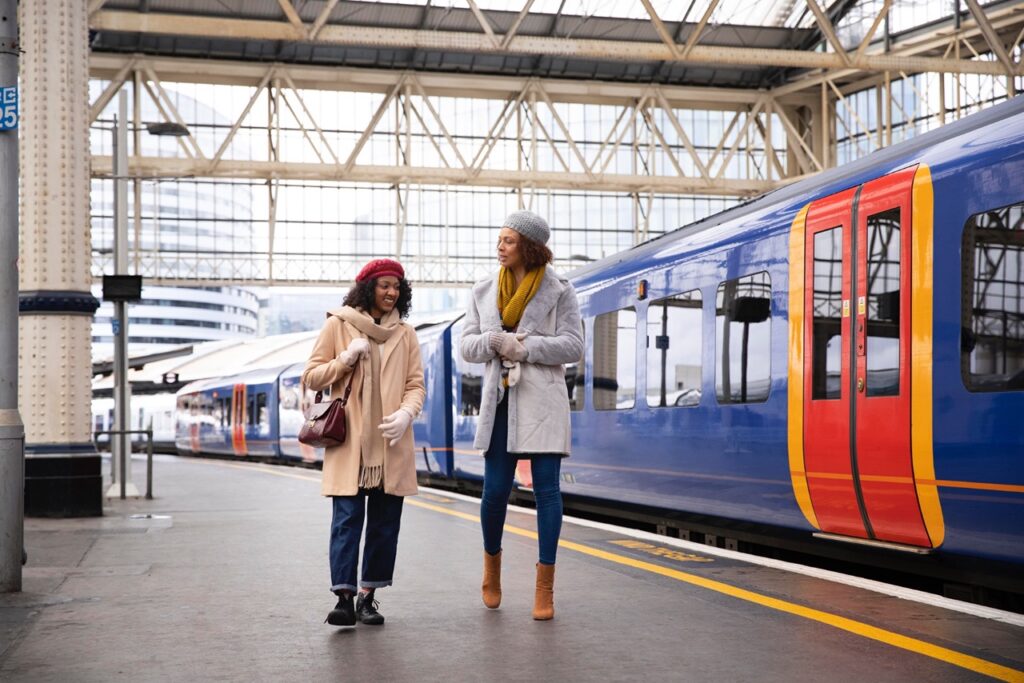
You know the airport routine: unzip laptops, ditch water bottles, wait in lines that inch forward just in time to sprint to the gate. Now picture boarding minutes before departure, coffee still warm, seat wide enough to cross your legs, and views worth pressing your nose to the glass. U.S. rail turns travel from an ordeal into a pleasure. The ten points below show why swapping wings for rails can make your next journey smoother, greener, and far more memorable.
1. No Long Security Lines
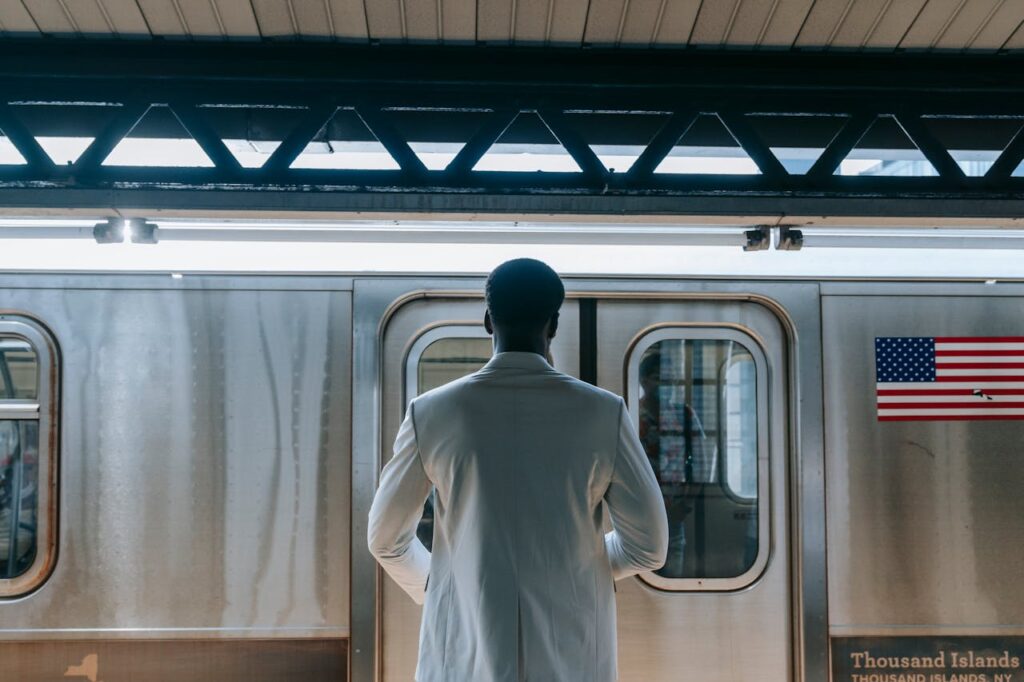
Skip body scanners, belt trays, and liquid limits. Most stations ask you to arrive only five–ten minutes early, show a ticket, then stroll aboard. That means less pre-trip anxiety, no unpacking electronics, and no sprint through sprawling terminals. Time once lost to queues can now be spent grabbing a latte, chatting with fellow travelers, or simply breathing easy before the train glides out of the station.
2. City-Center Stations
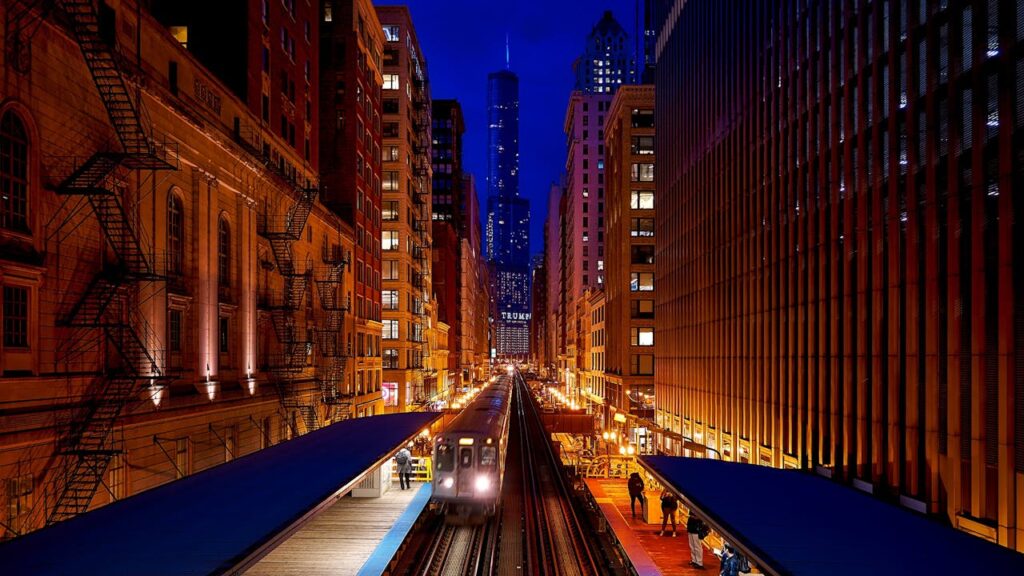
Airports live on distant ring roads; train stations sit in the urban core. Step off at New York Penn, Chicago Union, or Boston South Station and you’re already among museums, cafés, and subway links. No pricey taxi, shuttle, or parking garage. Your first view isn’t a freeway on-ramp but a skyline at street level, saving both time and money while dropping you directly into the city’s rhythm.
3. Room to Stretch Out
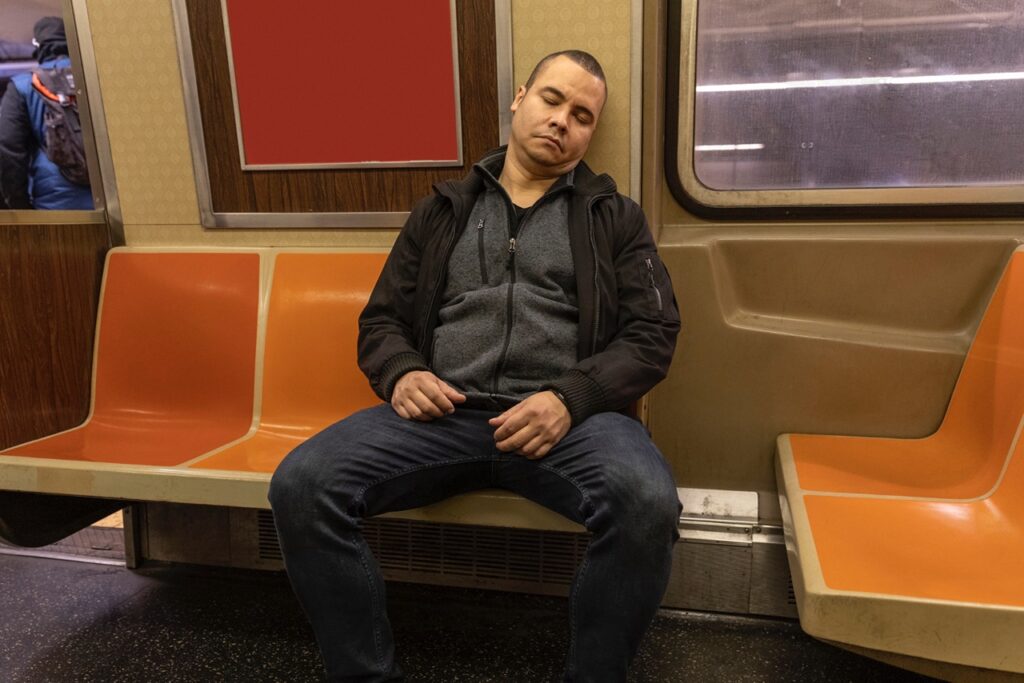
Standard Amtrak coach seats reach 19 inches wide with roughly 36 inches of legroom, far roomier than domestic economy class. Walk the aisle without bumping elbows, settle into a lounge car sofa, or claim a table for cards and laptops. Overnight, opt for a sleeper with real beds and private baths. You arrive rested, not folded, because travel should move you forward without bending you out of shape.
4. Breathtaking Scenery
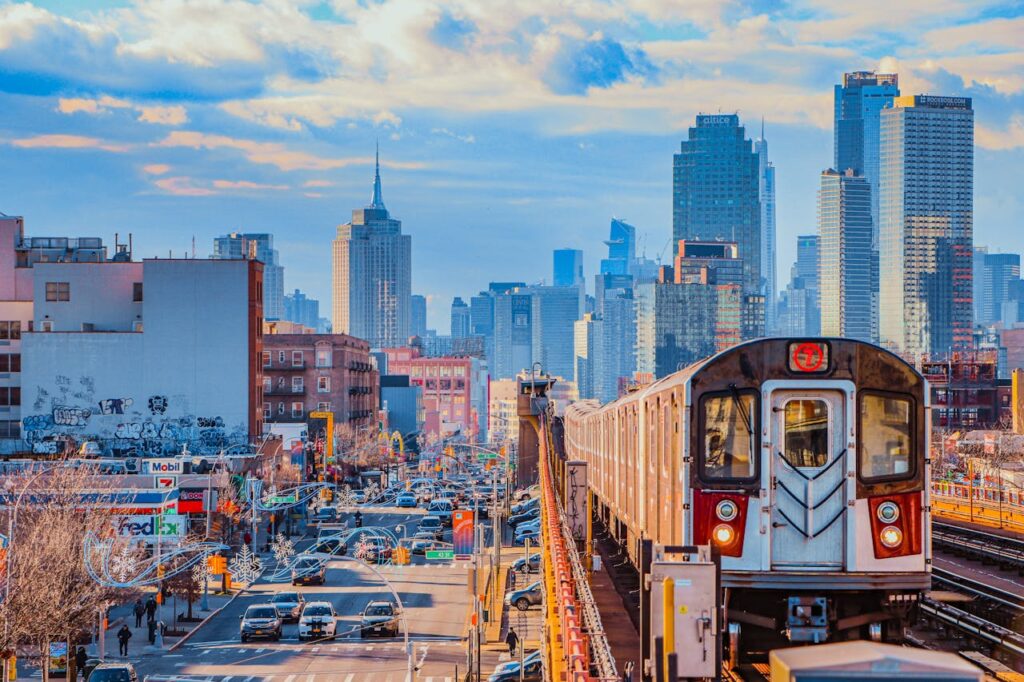
At 35,000 feet you see clouds. On rails you trace the Pacific with the Coast Starlight, dive into Rocky Mountain tunnels aboard the Zephyr, or watch autumn erupt along the Adirondack’s Hudson River stretch. Landscapes roll by like living postcards, changing hour by hour and season by season. The journey itself becomes an attraction, turning travel time into screen-free, window-framed entertainment.
5. Eco-Friendly Footprint
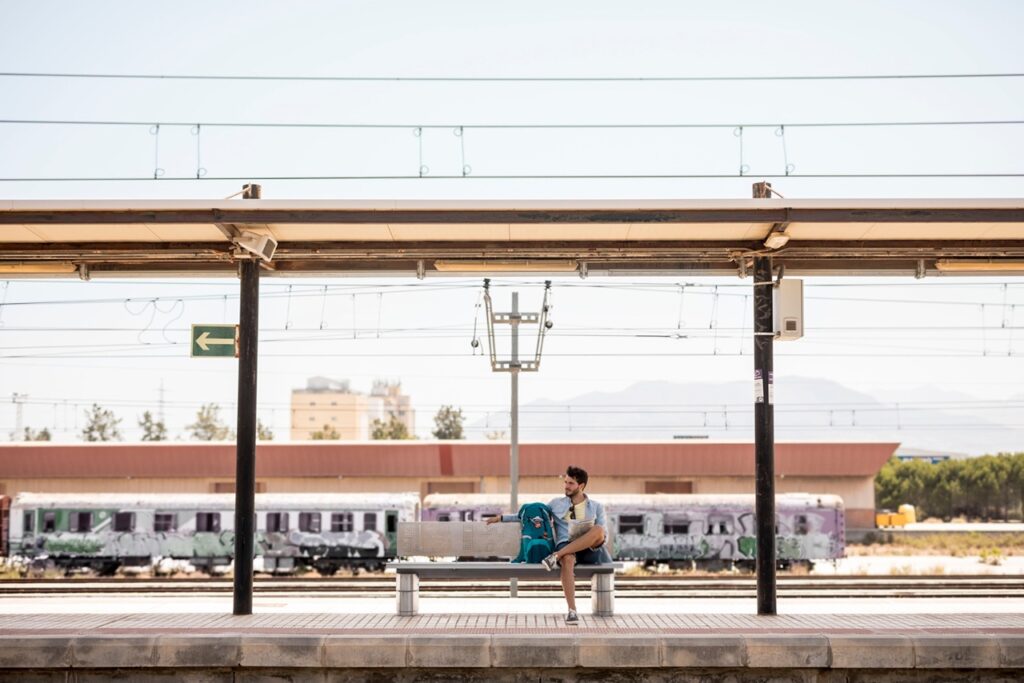
Choosing rail slices your carbon output by about 85 percent versus flying. Trains average 19 g of CO₂ per passenger-kilometer; planes hover near 123 g. Electric corridors further cut noise and pollution in downtown hubs. Reducing emissions doesn’t require sacrifice—just a ticket that lets you feel good while watching scenery glide past, proving sustainability can ride alongside comfort.
6. Reliable Timetables
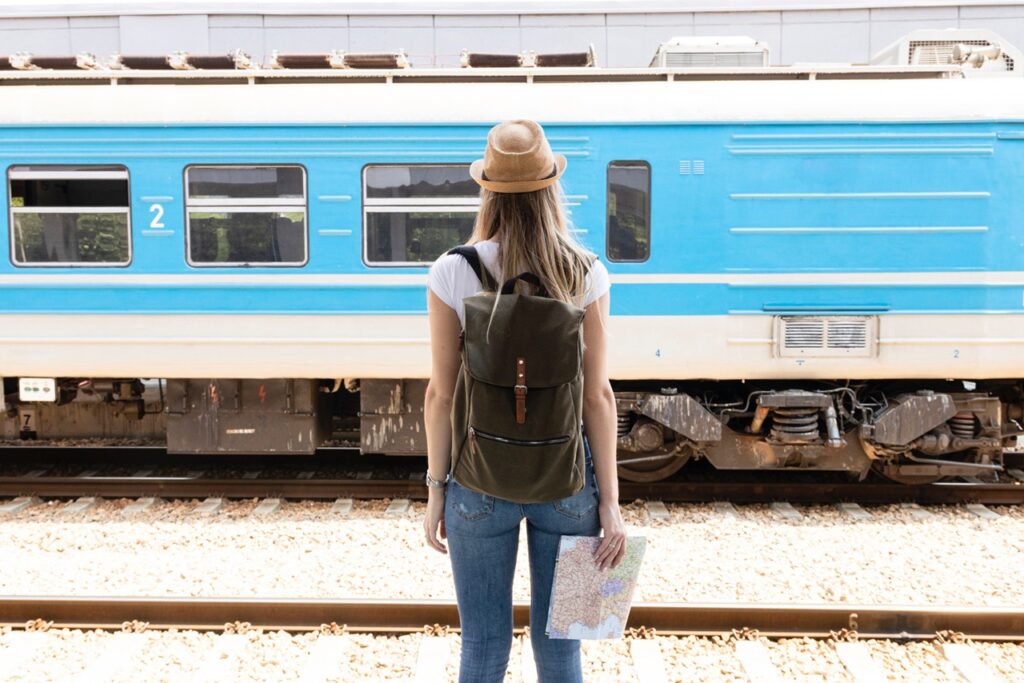
Nationwide, roughly 72 percent of Amtrak trains arrive within 15 minutes of schedule; state routes reach 76 percent and the busy Northeast Corridor sits near 73 percent. Long-distance lines face freight delays yet still dodge many weather groundings and air-traffic logjams. Fewer surprise cancellations mean you can plan dinners, meetings, or connections with confidence instead of refreshing a flight-status app.
7. Work or Unplug with Wi-Fi
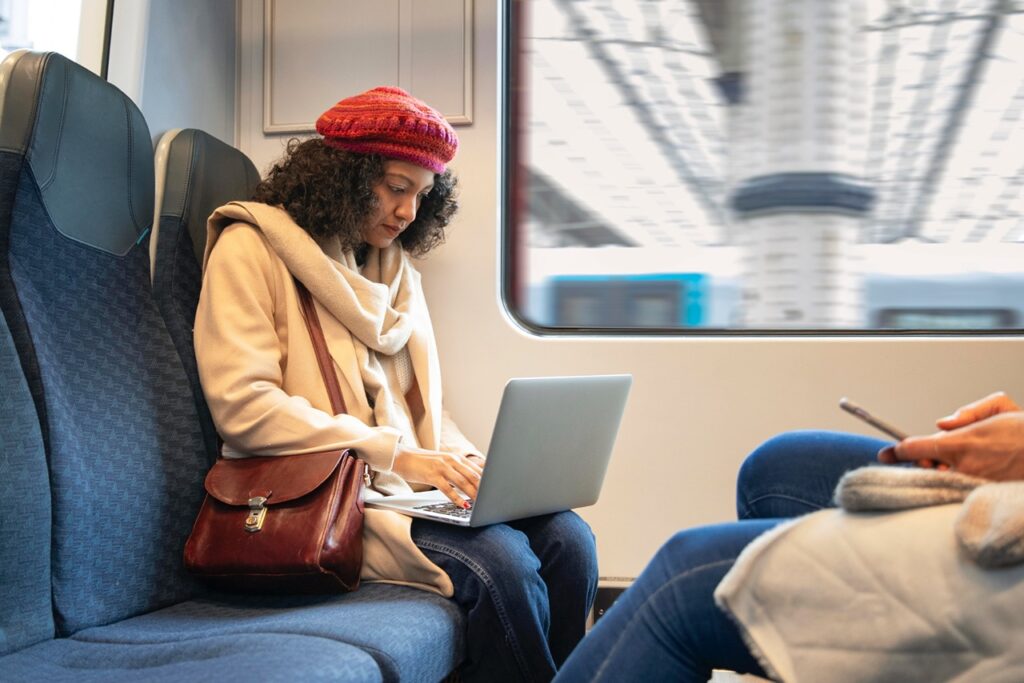
Most corridor services provide free Wi-Fi good for email, browsing, or streaming podcasts, and power outlets keep devices alive. Business-class cars offer hushed zones for conference calls; lounge cars invite casual conversations over regional craft beer. When screens tire you, glance outside—no other workspace swaps spreadsheets for river valleys in the blink of an eye.
8. Generous Baggage Rules
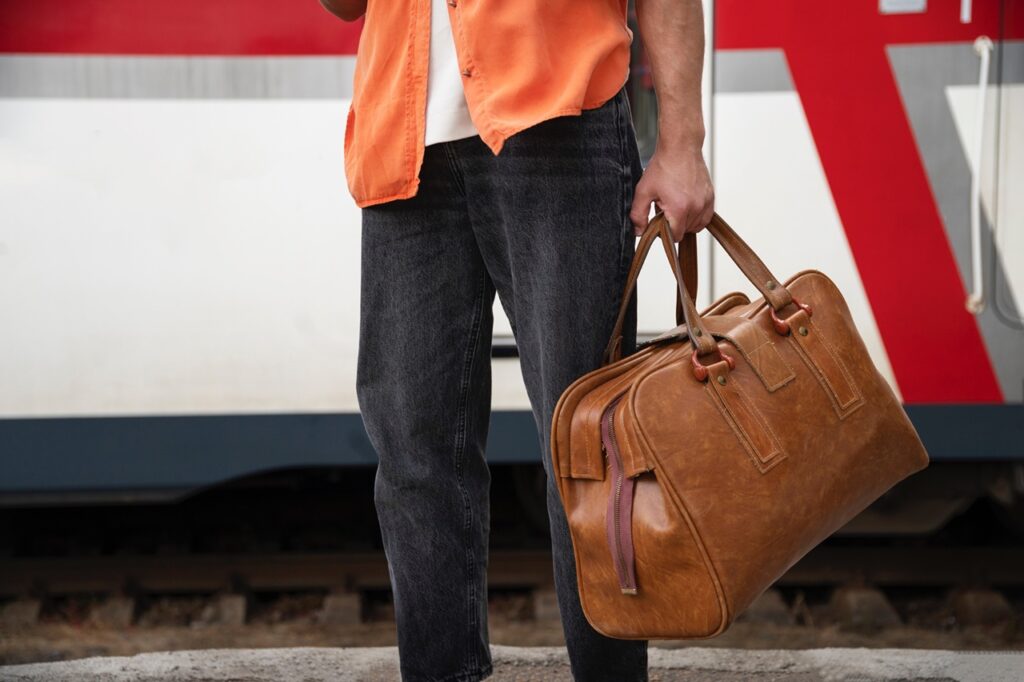
Two carry-ons, two checked bags up to 50 lbs each, and one personal item travel free on most routes. Oversize gear—guitars, skis, bikes—rides for a modest flat fee, provided the station handles checked baggage. No surprise surcharges at the counter and no wrestling belongings into overhead bins while a line forms behind you. Pack what you need and walk off with it downtown.
9. Dining That’s Social and Scenic
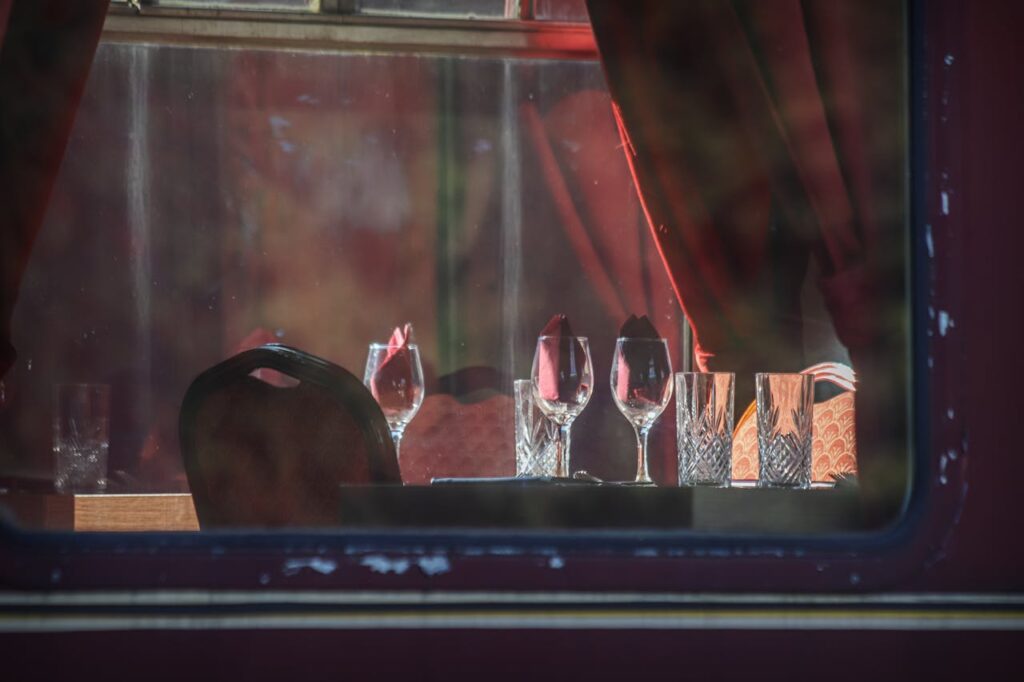
Forget plastic trays at 38,000 feet. Dining cars set tables with linens and regional menus—salmon in the Northwest, gumbo along the Crescent. Café cars pour local brews as farmland, rivers, and distant peaks slide by. Shared tables turn strangers into storytellers; every meal feels like a moving dinner party where the scenery earns a seat right next to you.
10. Low-Stress Boarding and Exit
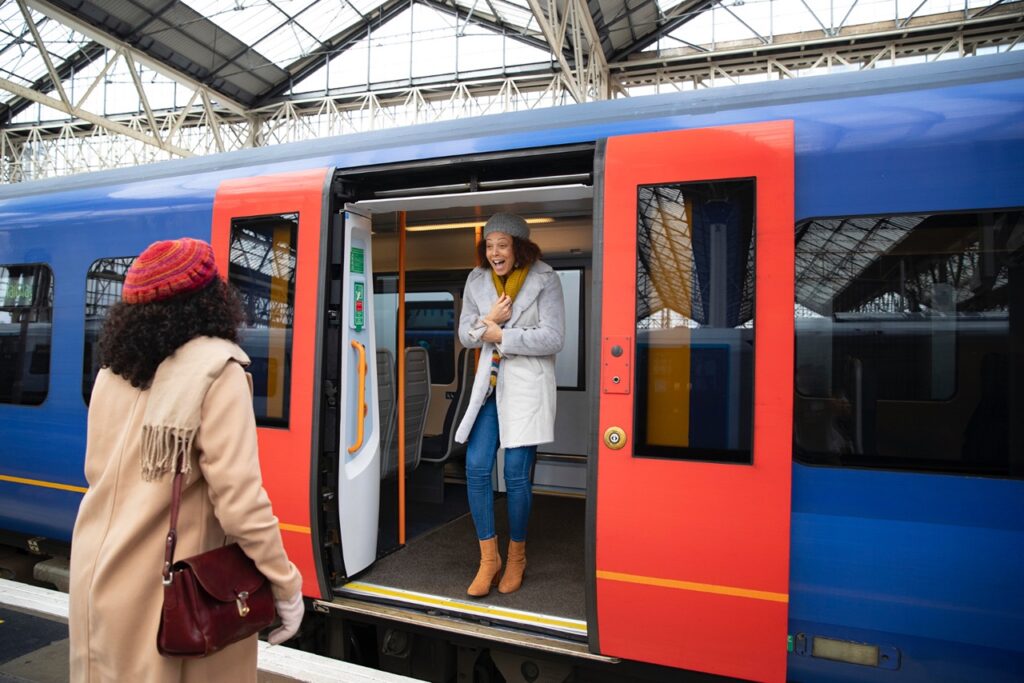
Stations are human-scale: clear signage, friendly staff, and ground-level platforms. Boarding means stepping through a single doorway, not navigating jet bridges or multi-terminal mazes. Arrival is equally swift—you’re on the sidewalk within minutes, not circling baggage claim or hunting rental-car shuttles. The trip ends with energy to explore rather than exhaustion from logistics.